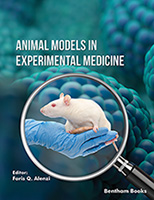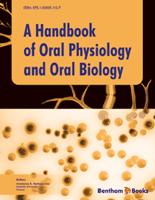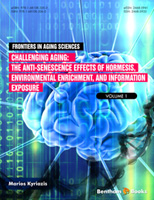Sexual reproduction introduced a wide range of possible life forms into development, with a continuous evolution that is dominated by genetic variability. The main components of this complex biological process are two very special cells, the gametes, which undergo a unique form of division, meiosis. The physiology, biochemistry and reciprocal interaction of these special cells give rise to a new and unique individual.
Although the first documentation of assisted reproduction dates back to 1783, when Lazzaro Spallanzani performed the first artificial insemination in a bitch, the majority of experimental studies on reproduction started only during the second half of 19th century. Studies on fertilization have expanded widely during the last 150 years, from the simple description of shape, size and function of gametes and pre-implantation embryos to the breakthroughs facilitated by advanced biotechnology. A vast amount of information has emerged and continues to expand, in order to describe a “brief event” that covers the time span from the first meiotic arrest to the second meiotic arrest, i.e., oocyte maturation, to completion of meiosis following fertilization. In this brief time span, lasting from minutes to hours according to the species, the female gamete that has been quiescent for potentially many years rescues a complex machinery of events which culminate in fusion with a foreign cell in order to generate a new organism.
Upstream events, such as oocyte maturation, are a fundamental pre-requisite for successful completion of the developmental process. Analogous to the links in a chain, all of the reproductive steps are united by a common target: producing an individual that carries a new and original genome.
This book is an integrated approach to the study of the basic events involved reproduction, and contains recent achievements described by most of the outstanding scientists of this field. General and basic patterns of oocyte maturation and fertilization are described in a modern context of integrated morphological and biochemical methods, up to the practical application of this knowledge. Because of their typical external fertilization, simple marine invertebrate models (sea urchin, ascidians, etc.) initially provided relevant and unique sources of information on reproductive biology. A major impetus for transferring and comparing this information in mammals coincided with the development of protocols that also allowed external fertilization in mammals, first in laboratory animals, and then in livestock and human. In Vitro Fertilization (IVF) technology represents a revolution in the general knowledge of reproductive biology, opening new doors that lead to biomedical applications.
The initiation of a new life and the potential of being able to manipulate this event represent a very attractive subject, a concept that has spread from the biological to philosophical and theological interests. Unfortunately, the combination of ideology and biology led to conflicts that limited the natural pursuit of knowledge.
The journey that this issue embarks upon starts by describing the morphological modifications that occur in the oocyte during maturation and fertilization. The effects of orchestrated dynamics of hormones, growth factors and metabolites that influence the follicle during in vivo maturation is described, and related to in vitro conditions. The analysis of signal transduction by secondary messengers (i.e., Ca2+, cAMP) and effectors (i.e., IP3, NAADP) offers useful information about mechanisms that trigger oocyte meiotic competence, a necessary condition for efficient fertilization. A detailed view of genetic and epigenetic control of oocyte maturation is provided. The expression profiles of this control mechanism have been widely screened by microarray analysis and related to the correct progress of maturation required to achieve cytoplasmic hereditability.
Fertilization represents a very brief event, but it is responsible for long-lasting mechanisms that affect embryonic and foetal development. The reciprocal activation of gametes is described and highlighted with respect to novel information related to sperm factor and cascade mechanisms that occur in the oocyte as a consequence of sperm penetration. Gametes are electrogenic cells, i.e., capable of responding to electrical stimuli and modifying their electrical properties during the crucial periods of maturation and fertilization. A detailed description of ion currents during fertilization depicts another perspective on mechanisms of oocyte activation, further reinforcing the complexity of these systems. Molecular dynamics involved in meiotic arrest and resumption, as well as cascade mechanisms related to their control are analyzed and integrated with the other events described.
Finally, all of the basic information related to this brief time lapse is considered in relation to clinical application of assisted reproductive technologies (ART), analysing IVF efficiency and follow-up information in the perspectives of this information. New frontiers of ART, such as stem cells and cloning technologies, have been analyzed and future applications and improvements hypothesised. Old dogmas, such as the irreversible differentiation of tissue cells and impossibility of renewing the pool of female germ cells after birth, are now surpassed and new opportunities are presented through research advancements in reproductive biology.
We would like to thank all of the eminent authors who have joined us in devoting time and effort to this venture, and hope that the readership will benefit from their experience and skills.
Elisabetta Tosti and Raffaele Boni





